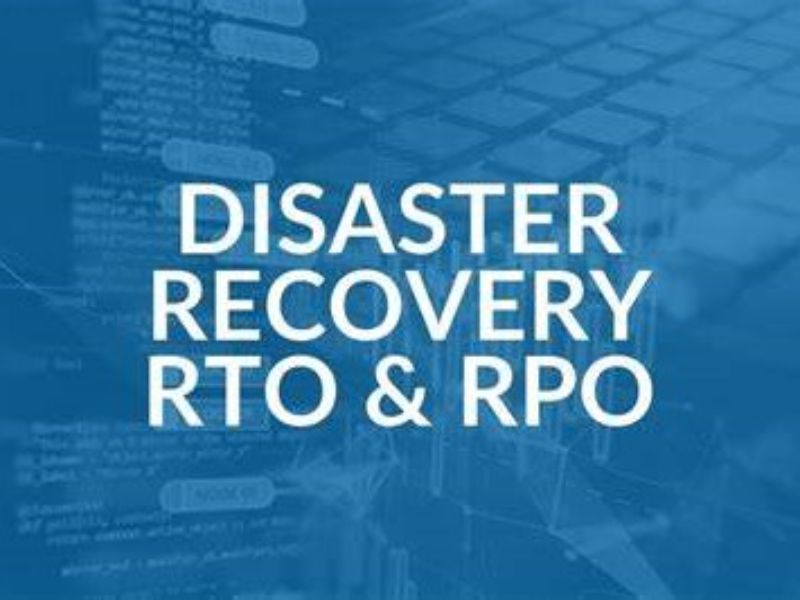- RTO is the maximum tolerable downtime for a system or application after a disaster, ensuring minimal business impact.
- RPO specifies the maximum acceptable data loss, balancing cost and data integrity.
In today’s business environment, where disruptions can have severe consequences, having a robust disaster recovery plan (DRP) is crucial. Two key metrics that underpin effective disaster recovery planning are Recovery Time Objective (RTO) and Recovery Point Objective (RPO). Understanding these concepts is essential for organisations looking to minimise downtime, safeguard critical data, and maintain business continuity. Let’s explore the definitions and importance of RTO and RPO.
What is RTO?
Objective: The maximum tolerable amount of time that a system, application, or business process can be down after a disaster before it starts impacting the business negatively.
Description: RTO is a critical metric that determines how quickly an organisation must restore its operations and IT infrastructure after a disruptive event. It defines the acceptable downtime duration for critical systems and applications, ensuring that the business can continue functioning with minimal impact. Setting an appropriate RTO involves understanding the criticality of different systems and processes and the potential consequences of downtime.
Example: An e-commerce company might set an RTO of two hours for its online sales platform to ensure that customers can continue making purchases without significant interruption.
Also read: What is cloud backup and recovery?
What is RPO?
Objective: The maximum acceptable amount of data loss measured in time that an organisation is willing to tolerate after a disaster.
Description: RPO specifies the point in time to which data must be recovered to resume operations. In other words, it determines how much data an organisation can afford to lose due to a disruptive event. Setting an RPO involves balancing the cost of data backup and storage with the need for data integrity and availability.
Example: For a financial institution, an RPO of one hour means that the organisation can afford to lose no more than one hour’s worth of transactional data in the event of a disaster.
Also read: Cloud backup: What are the advantages?
The importance of RPO and RTO in disaster recovery
In disaster recovery planning, setting appropriate values for RPO and RTO is fundamental for businesses seeking to minimise data loss and downtime. These metrics act as benchmarks to evaluate the effectiveness of recovery strategies and make necessary adjustments to enhance organisational resilience.
The role of RPO in data loss prevention
RPO serves as a critical indicator for determining the frequency of data backups. The more frequent the backups, the lower the potential for data loss. For instance, if a company sets an RPO of one hour, it should perform backups at least hourly to ensure that no more than one hour’s worth of data is at risk. By establishing a suitable RPO, organisations can significantly reduce the likelihood of data loss and mitigate the impact of a disaster on their operations. Implementing a robust data backup strategy that aligns with RPO requirements is essential for safeguarding critical information and maintaining business continuity.
The role of RTO in business continuity
RTO is pivotal for minimising the downtime resulting from a disruption. By defining a specific timeframe within which systems must be recovered, businesses can prioritise recovery efforts and allocate the necessary resources. Meeting the established RTO ensures that the organisation can resume its operations within a reasonable timeframe, thus reducing the financial and reputational impact of a disruption. It is imperative for businesses to conduct regular RTO testing to validate the effectiveness of their recovery procedures and pinpoint areas for improvement.

